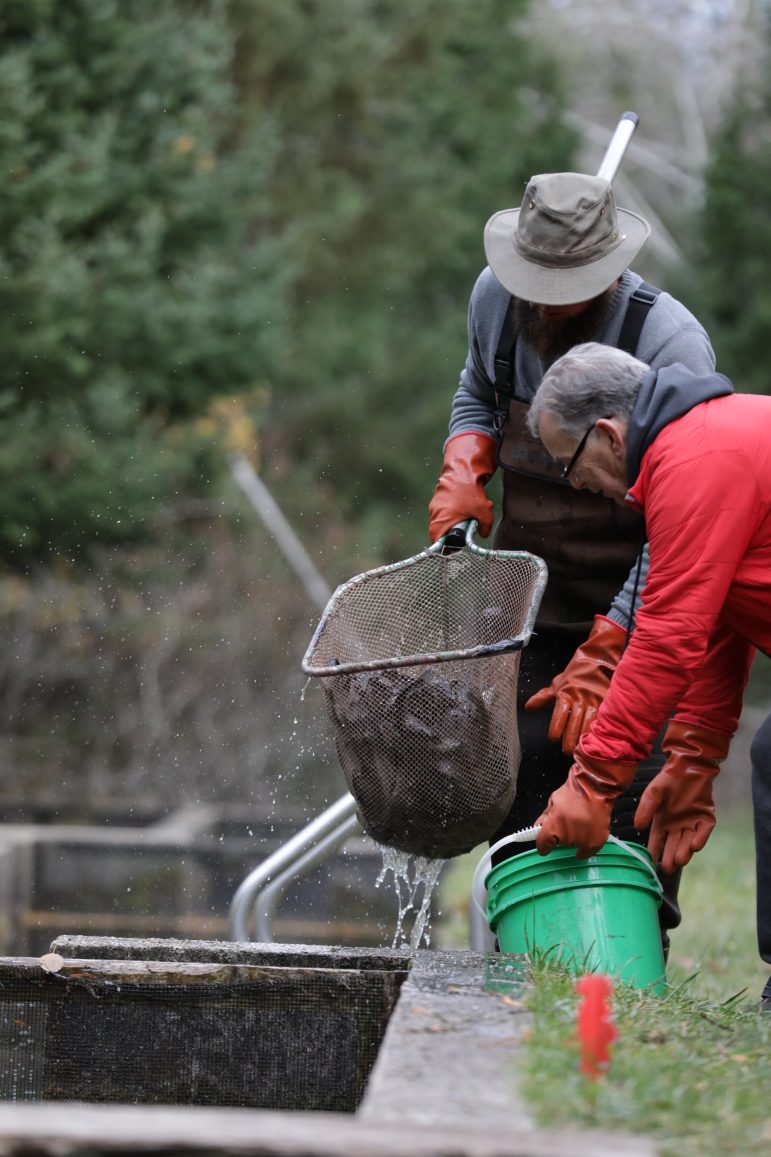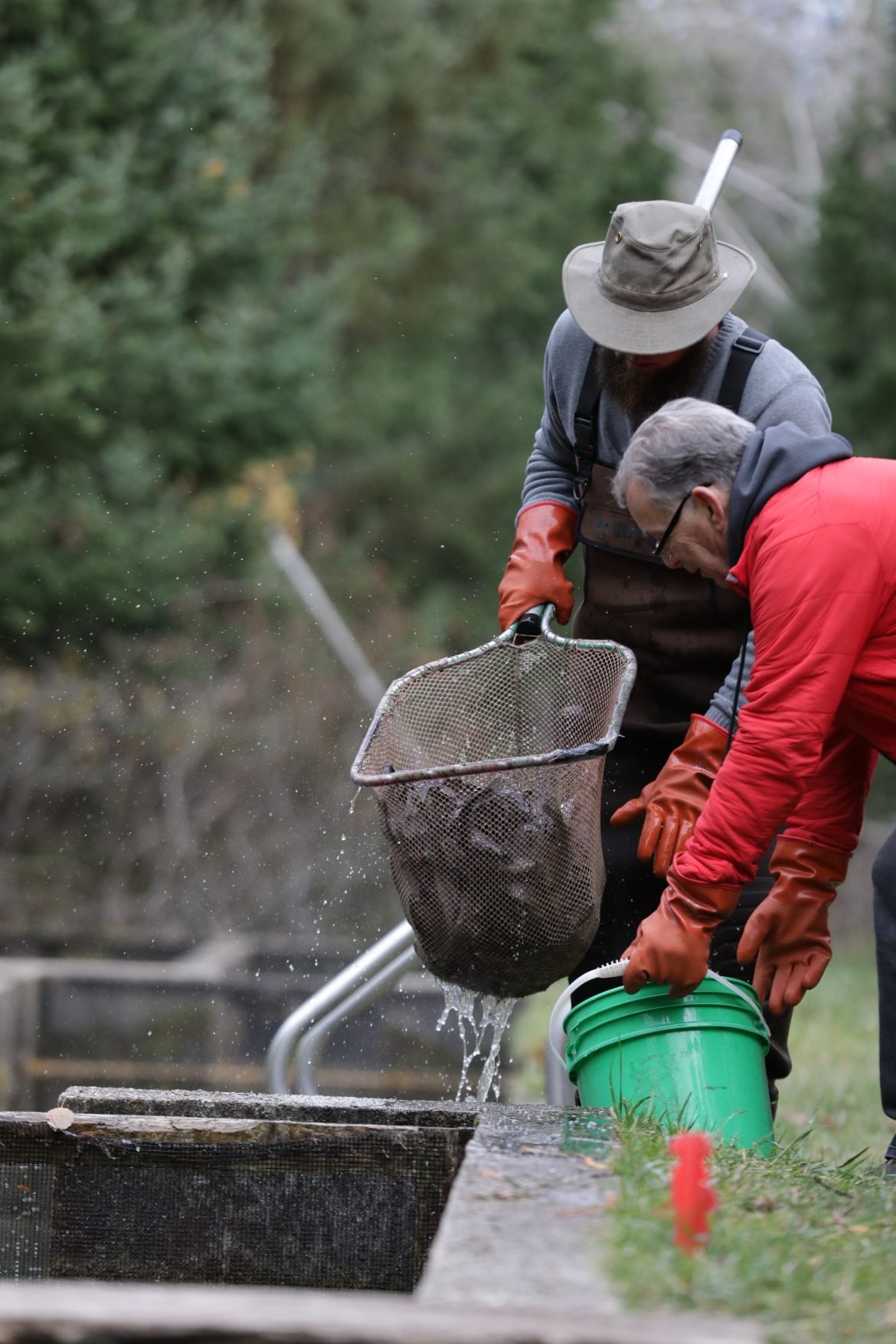
By Isabella Figueroa
While most people think of fields and farm animals when they hear the word ‘agriculture,’ that’s not all there is to it. Aquaculture is a growing part of the industry.
Aquaculture is the farming of aquatic organisms like fish, shellfish and aquatic plants in an enclosed space like a pond, tank or cage.
Some of the most common fish in Great Lakes aquaculture are rainbow trout, Atlantic salmon, lake whitefish, walleye, and yellow perch.
There are many reasons for aquaculture, like food, stocking, ornamental and bait.
As of 2023, in Michigan there are 35 aquaculture farms spread across 27 counties, The major counties are Delta, Calhoun, Alcona and Allegan.
Historically, commercial fishing provided local, sustainable seafood.
Due to environmental regulations, species decline and economic shifts, however, this industry has shrunk in the Great Lakes Region, according to a recent study.
The study published in the journal Aquaculture International says, “Commercial fishing has dramatically decreased in size due to ecosystem changes from introduced invasive species, changes in regulations, decreases in main harvest species population, shifts in management priorities and the ongoing impacts of climate change.”
Aquaculture could help fill this gap that commercial fishing has left, said Lauren Stigers, a Michigan State University Extension educator based in the Western Upper Peninsula.
“We raise beef, chicken and pigs. But let’s start putting fish on that menu. We’re surrounded by so much water. I think that should also be part of the conversation,” said Stigers.
The study that Stigers did with Michigan Technological University economics professor Jenny Apriesnig shows the positive economic impact that aquaculture jobs could generate.
In the study, they used IMPLAN, an economic modeling software, to estimate how changes in one part of the economy can affect the rest.
Using the IMPLAN model, the researchers found that each aquaculture job in Michigan generates over $124,000 in economic output statewide and around $60,000 to $64,000 in rural counties like Alcona and Delta.
“We can see some positive impacts for community resilience if this is an industry that’s invested in across the state,” said Apriesnig.
Still, Michigan’s aquaculture industry faces challenges that prevent it from growing.
One major issue, according to Stigers, who has spoken to the farmers directly, is the complexity of federal and state regulations.
“It is a lot different to regulate a fish for food than it is as a natural resource or for fun, for recreation, or for bait, or for a pet fish, right? “
“So, those regulations, if you are a farmer, are sometimes duplicative and repetitive, but also very complex to understand,” said Stigers.
Oftentimes, the people who write these regulations use confusing language, and for some anglers it may be confusing to understand well.
Despite that, aquaculture could boost rural economies by creating jobs that do not require advanced education and help struggling communities.
“You don’t necessarily have to go to college to be qualified for that job. So, it’s really getting those people who you know might have struggled early in life,” said Stigers.
“It’s for those people who want to work in nature, hands-on opportunities, who love fish and who just want to know that they’re making a difference in the community,” she said.
